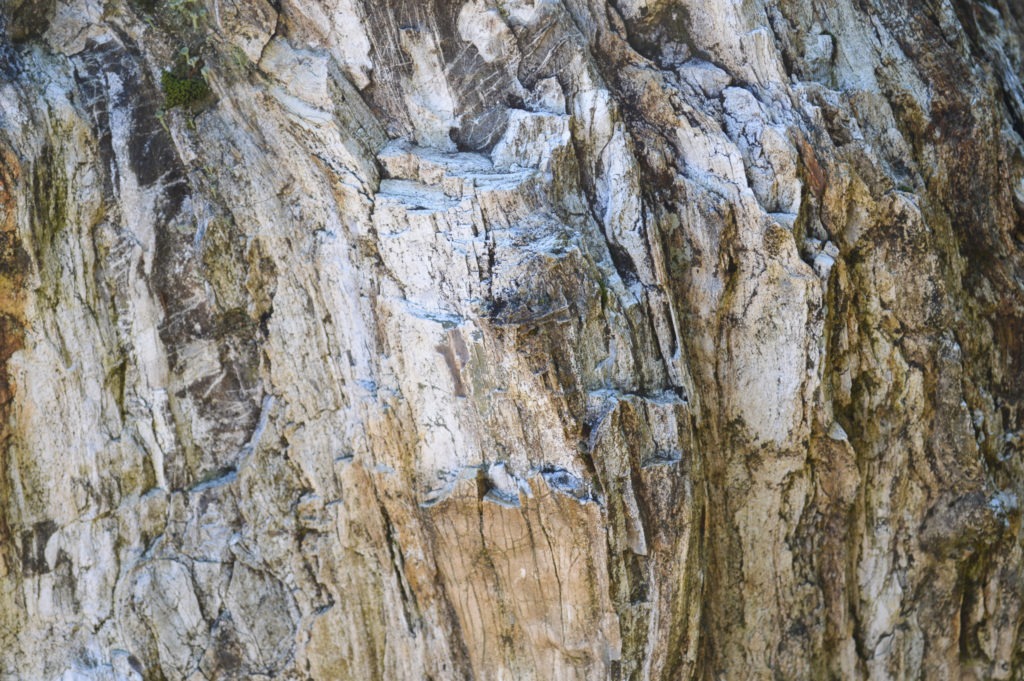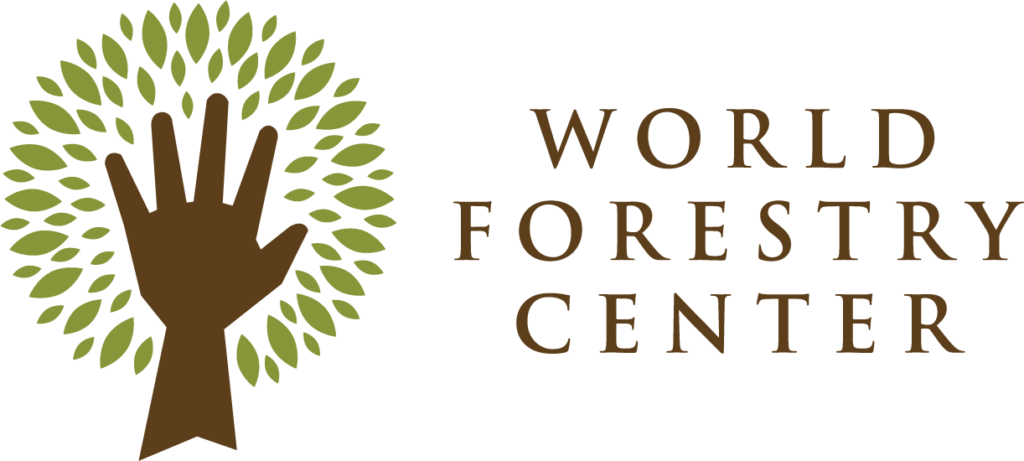A Tree Turned into a Rock
If a tree falls in the woods, and is covered by a landslide, does anyone hear it? Well, if no one hears it or sees it for many millions of years, that tree may turn into stone. When Mother Nature manages to keep that fallen tree buried for a very long time, it goes through a petrification process and turns into petrified wood.
Thanks to a generous donation by Lew Smith of Smith Rock in Portland, visitors can now see a 5 million year old 10,000 pound petrified stump on display outside the World Forestry Center Discovery Museum.

The stump, found in North Dakota, is that of a Giant Sequoia tree (Sequoiadendron giganteum). Petrified wood occurs when a tree is buried by landslide or other occurrence. With no oxygen available, the wood does not decay. Left undisturbed for thousands of years, the cells of the wood are slowly replaced by minerals carried in ground water. This process, called petrification, creates a stone image of the original tree.
Petrified wood occurs when…the cells of the wood are slowly replaced by minerals carried in ground water. This process, called petrification, creates a stone image of the original tree.
First, there has to be an event that buries trees in a way that eliminates any air from getting into the wood. Without the oxygen, the wood does not decay and rot as it would on the forest floor. The circumstance that usually causes this is an avalanche or, as was often the case in the Pacific Northwest, mud flows from volcanic eruptions that bury trees.
Second, the buried wood must remain undisturbed for tens of thousands of years with only a slow flow of water in the soil. This flow of water is the key to petrification. The molecules of wood are one-by-one replaced by molecules of minerals dissolved in the water. Different minerals will produce different colors. The rings, bark, and hard and soft parts of the wood attract different concentrations of minerals leaving a stone picture of the original wood. The more slowly this takes place, the more detailed the picture.
Is there any wood in petrified wood?
Once the process of petrifaction is complete, there is likely none of the original wood left. It has all been replaced by minerals. The different minerals leave different colors; for example, the reds you see may indicate iron deposits and the green could mean copper was present.
What can we learn from petrified wood?
Petrified wood tells us a detailed story of a forest from many millions of years ago. Often the detail of the wood is so clear that the cell structure can be viewed through a microscope. This allows the species to be determined and see how it compares with the trees living today. Many species have survived millions of years and are still on earth today. Others have died out and no longer exist. Knowing the climate necessary for different species, it is possible to see how climates have changed over time. The individual rings may be evaluated to see how the weather patterns and seasons existed. Information on insects and animals can also be seen in petrified wood.
The Discovery Museum also has a stunning collection of cut and polished petrified wood showing many different species and ages.
